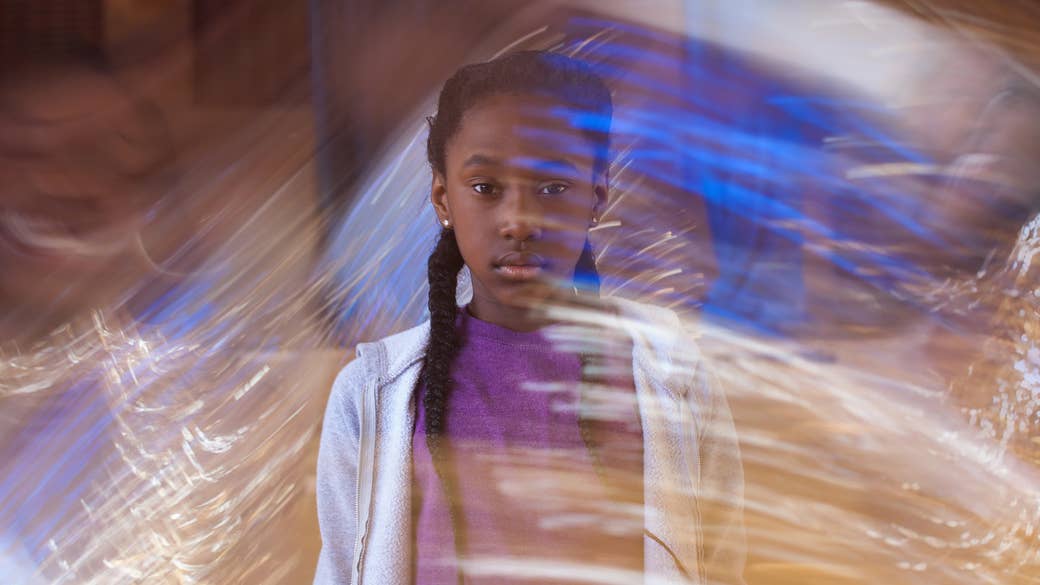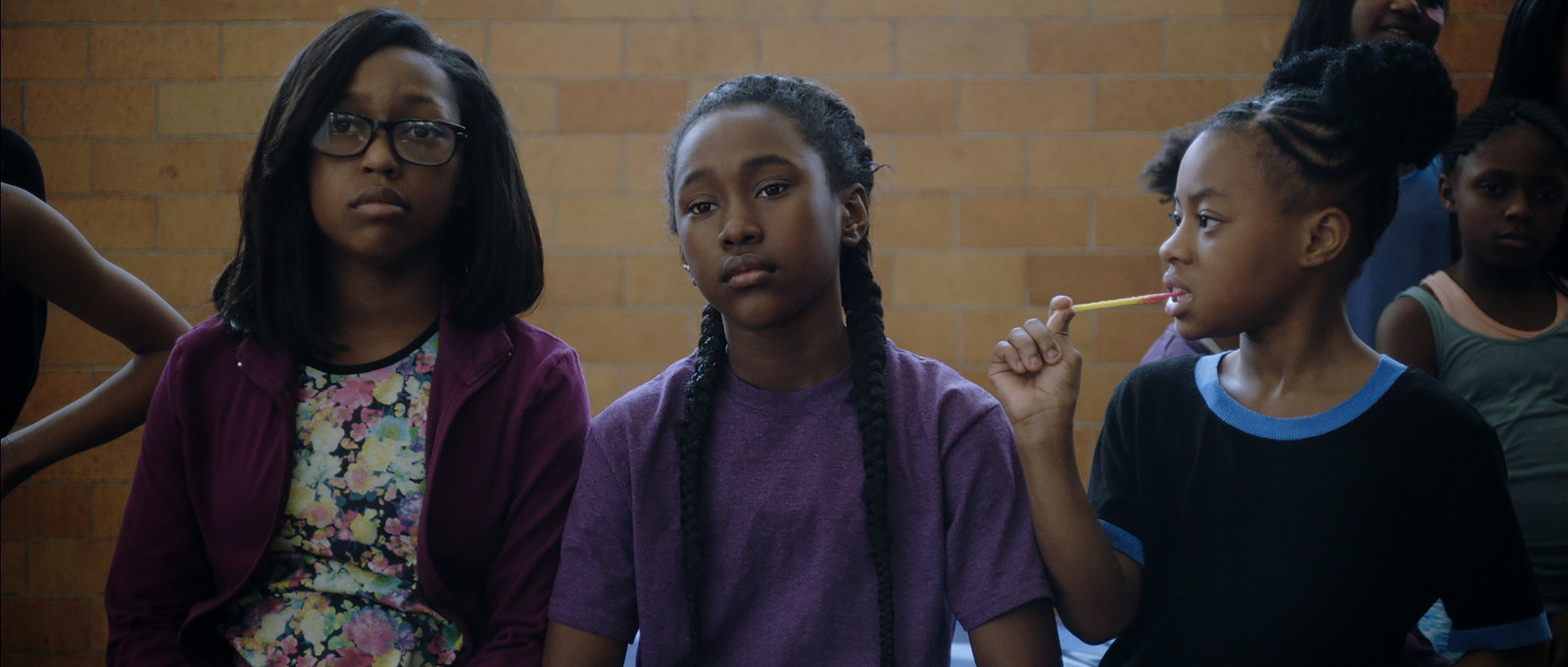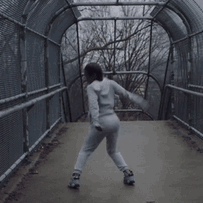
In the 2014 pilot episode of the sitcom Black-ish, Johnson family patriarch, Dre, offers to throw his teenage son, who is seeking a bar mitzvah to fit in with his friends, an “African rite of passage” ceremony. “Next Saturday, when you turn 13,” he says, “you’re becoming a man too. A black man. Because I’m throwing you an African rites of passage ceremony.”
Black-ish has become stronger as the writers have found their footing and the actors’ performances have become more assured, but that line was written so lazily it made my African teeth itch. Which exactly of the 54 nations on the continent would Dre be looking to, in his quest to connect his black son to the motherland? What rite of passage would be deemed applicable to a black American boy growing up in Southern California in 2016? Then again, it’s an easy enough reach for a sitcom. Hollywood never tires of the origin stories of boys-into-men.
The idea of an initiation ceremony to mark a boy’s ascension to manhood is a well-known and easily accepted narrative because there have always been rituals – across cultures, across continents – that signify their transition into adulthood. In terms of public understanding and consumption, boys get the lion’s share of screen time for these kinds of stories. Big, The Wood, Dazed and Confused, and Stand by Me are all the forebearers of Richard Linklater’s 2014 opus Boyhood, perhaps the most-awarded example in recent history. Meanwhile, narratives of little girls getting bigger and wiser live in a house not quite as large as the one built for their brothers. It is a symptom rather than a standalone issue – based on casting and what gets greenlit, girls’ and women’s stories in general have less value in Hollywood, especially as they age. They are not-so-gently steered out of the spotlight the minute they have completed their journey of becoming spouse-parents.
In the absence of more formal rites of passage that delineate the girls from the women –and the men from the boys – we have to take our coming-of-age lessons from an ever wider resource pool. For many black women looking to see themselves in these narratives, that means viewing films through a very different lens, where age is the least important part of the story. Because what Hollywood tells us to consider as “traditional” coming-of-age narratives for black girls matters less than the stories and lessons we choose for ourselves. Stories that teach us a way to be in the world.
“A coming-of-age story,” explains Patricia Arquette’s teacher character in the 2012 Eva Mendes vehicle Girl in Progress, “is the story of a young person’s interchange from child to adult.” Coming-of-age stories are, for me, a branch on the picaresque tree, only rather than focusing on a (usually male) hero going on his own adventure, they offer an opportunity for girls and women to star in their own freewheeling adventures. In these stories, Things™ happen to girls, and girls respond to Things™ often heroically. Yet, in her essay Why Can’t You Be Sweet? Amanda Fortini argues that “there isn’t exactly a robust tradition of picaresque narratives by or about women.” She continues, “Of the 101 books mentioned on Goodreads’s list of ‘Best all time picaresque novels,’ at the time of this writing, 95 are by men.” This seems a fair assessment. And the imbalance is still present when you move out of literature and onto the screen — which is not surprising when stories are adapted for television and the movies. But I would argue that coming-of-age stories may well be the only genre in which black girls and women are represented with something approaching equality (at least in terms of screen time) in popular culture, if you widen the net of what a coming-of-age story can be.
In the last 10 years we’ve had a number of black girl-led coming-of-age stories, including Akeelah and the Bee (2006), Precious (2009), Yelling to the Sky and Pariah (both 2011), Beasts of the Southern Wild (2012) and Girlhood (2014), and the newly released The Fits (2016), among others. And before them, films such as The Color Purple (1985), Polly (1989) Flirting (1991), Sarafina! (1992), Just Another Girl on the I.R.T. (1992), 1994’s classic Crooklyn, Eve’s Bayou (1997), and Love & Basketball (2000) all did the work of acting as life guides for young black women.
There are arguments for why these films should or should not be in the “coming-of-age” canon, but their range made me curious: Why are some movies – stories with young people at their core, in which the young person is fundamentally changed – given the calculatedly casual designation of being “teen” movies while others fall under the award-friendly and decidedly more highbrow “coming-of-age” banner? The reasons intersect in many cases, I think, with race, and ideas of what it is to be authentically a member of a certain race, crossed with struggle and trauma (either as preparation for the life of strife ahead, or as the current quotidian condition). Directors, screenwriters, and studios have their own separate and joint agendas when it comes to producing these films, but those intentions provide an incomplete answer if we don’t also factor in the audience. Doesn’t the final decision about what makes a story a coming-of-age tale lie with viewers who draw strength from – or find succour in – these girls turning into women?

Adolescence is a heavy foe you have to fight your way out from under. But the waters often stay choppy, even after you’ve negotiated tricky circumstances to enter full-blown adulthood. What happens after puberty is a perpetual coming-of-age story – and in order to successfully traverse the life that lies ahead, manuals are required. Relationships (platonic, familial, romantic, and otherwise), the world of work, how to cope with failure, understanding when to bow out or hang in there – all of these lessons come from the culture we live in and consume. So we seek out the teachers who fit our situations and take notes. We find the stories that will “teach” us wherever we can.
There are so many movies that work as coming-of-age tales, even when the protagonists are well past adolescence. The story of Deena, Effie, and Lorrell aka the Dreams begins when they are teen girls navigating the physical and philosophical business of growing up. But there’s a metaphoric growing up, too, in show business. They begin as children, and there is an interchange, and they become adults.

That advancement from childhood to adulthood is often presented as one state flowing into the other in a one-way system. But as Arquette’s Girl in Progress character asks, “Are those as separate as we have been led to believe?” In The Color Purple, Celie’s life is laid out before the viewer, from childhood to middle age, and even when it looks like it’s standing still, her life is in a constant state of flux – there is constant interchange going on. From the moment we meet her as a child, playing Makidada with her younger sister, via the torments of isolation, incestuous abuse, and a violent “marriage” to the moment she curses Mister and emancipates herself, her life is a blueprint. She is a model of hope and perseverance and survival – and she is not alone. The film offers up more templates of transition and (re)invention: brave, steadfast, and adventurous Nettie, defiant and self-determining Sofia, wanton, glamorous Shug… Sisterhood (by blood or other bonds; tentative or effusive) features as a defining element in a successfully lived life – “nothing but death can keep me from her!” Celie, who often looks like she is standing still, is in fact almost always in some state of evolution, and for the (often black) women who watched and loved the movie, this is as valid a coming-of-age tale as any other on the list. As Shug sings, “I'm somethin' / I hope you think / That you're somethin' too.”
Trauma as a signifier of the journey from childhood to adulthood is something that feels woven into the fabric of black girl-led coming-of-age stories. This is unsurprising: What the Academy considers award-worthy has a particular bent. Even a cursory glance at some of the genre’s synopses throws up questions about what we consider to be the crucial facilitators in the job of maturing black life. Those narratives are valuable, but complex as they can be, they ring a little one-note.



Royalty Hightower as Toni in The Fits.
Which is what makes The Fits, a new film starring Royalty Hightower and directed by Anna Rose Holmer, such a breath of fresh air. It’s been receiving quietly ecstatic reviews since its release at the Venice Film Festival last year and follows Toni, a girl who trains as a boxer in her Cincinnati community centre, and who falls under the spell of a group of dancers who also use the space to practice. It is a subtle, graceful film, remarkably self-contained in the world of children and those on the cusp of maturity – we see almost no adults’ faces fully; this is not about them. There’s a lot to unpack in it: the repetitive nature of life, regardless of activity (jumping jacks segue into sharp choreographed dance moves with ease); female hysteria; black girl kinship; and without giving away the whole film, an initiation rite of a sort. Things™ happen to Toni, and she happens to Things™ right back.
The group dance element is perhaps the perfect central activity to tell a coming-of-age story around: Dance, with its order and surface sense of cohesion, is a perfect metaphor for adulthood. We put away childish things and begin to place our arms and legs in their designated spots, in sync with the rest of our social circles. One of the older girls tells the group of new recruits, “Stop thinking like an individual – start thinking like a team.” The parallel could not be clearer: When children eventually achieve the coveted status of adult, they also lose something.
One of the most noticeable things about watching The Fits as a black woman is how lightly race sits inside the film. Holmer’s eye never feels anthropological; this is clearest in the fact that it is not seeking out the usual trauma associated with black girl coming-of-age narratives. Instead, it weaves Toni’s blackness seamlessly into the narrative – she is a black girl, and there are signs of it everywhere: The dancing troupe she joins looks all-shades-of-black; all the boys who train in the boxing ring are black. There is none of the terror I have come to expect and dread in the genre: Her home life seems stable at the very least (we never visit it, but this does not feel like an omission) and her relationships are affectionate, loving and “normal”.
Learning how to navigate the world is an ongoing business. We take our lessons where we can get them, and for black girls and women whose lives may follow waters previously uncharted, the lessons spring forth and meet us at the point of our need. The result is a certain skewing in what we consider to fit under the umbrella of “coming-of-age movie”. The necessary act for us is not labelling the film, but learning from it. The value in Precious beginning to overcome her horrifically unfortunate start in life is the similar-but-different value we get from Hushpuppy setting Wink’s funeral pyre alight in Beasts of the Southern Wild, which is not a million miles away from the value we get in seeing Troy refuse to wear new clothes to her mother’s funeral in Crooklyn. The value lives in the moment Toni tells her older brother that she is scared, and in the moment another girl tells her, “Yeah, but it’ll happen anyways.” Life happens to all of us, and in choosing to see certain films as coming-of-age films, we go through the rites of passage into adulthood over and over again until the lessons – many and varied, each one disparate – are learned.
